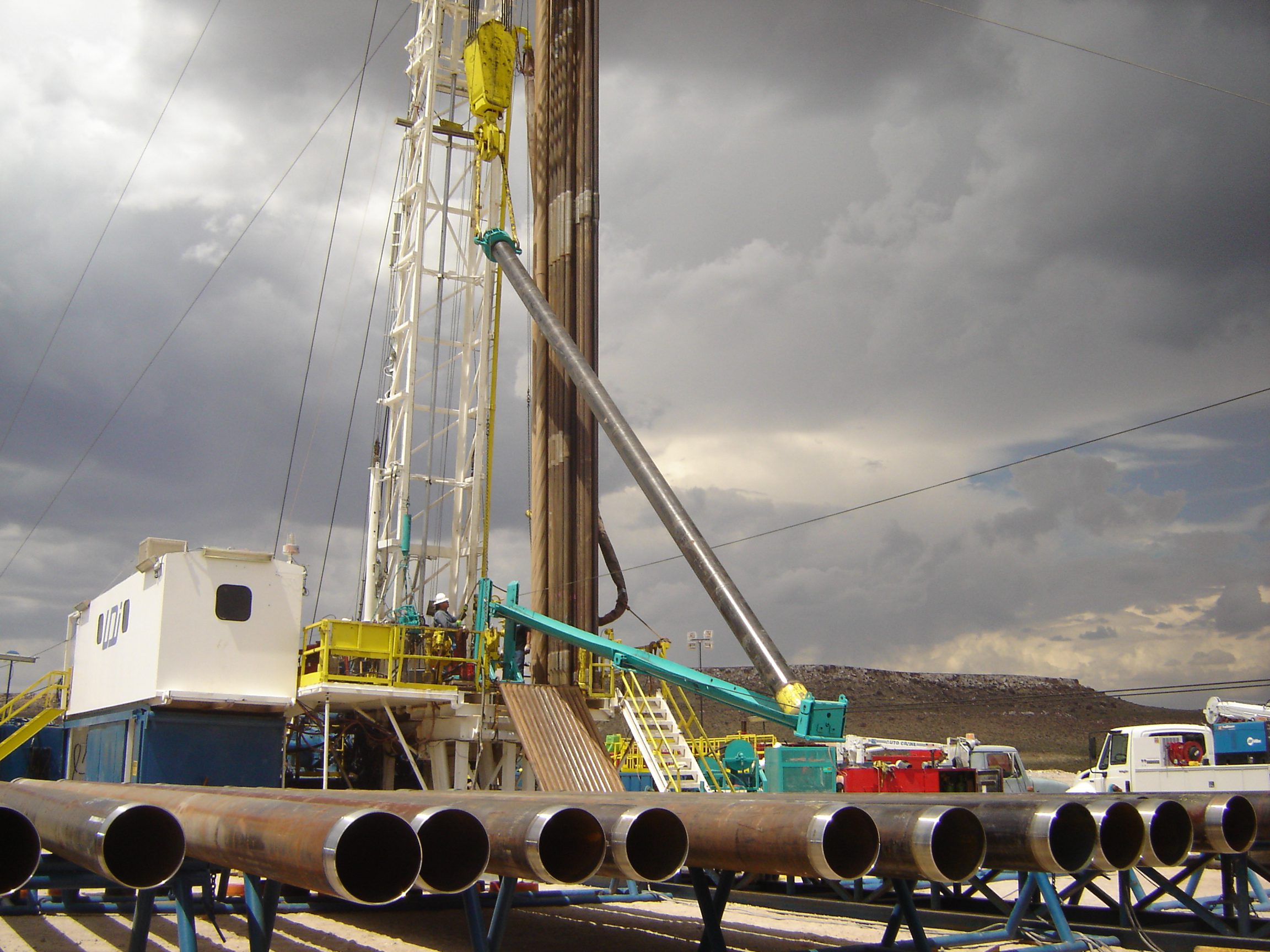- Groundwater is the world’s largest freshwater reserve but faces major challenges.
- Overuse, pollution, and climate change threaten its sustainability.
- Emerging technologies could revolutionize groundwater management.
- Groundwater offers a lifeline during droughts and disasters.
- Localized solutions are critical to addressing regional water crises.
November 19, 2024 — Groundwater, the world’s largest source of freshwater, is vital for domestic, agricultural, and industrial use. Despite its importance, it is often misunderstood and mismanaged, leaving it vulnerable to overuse, pollution, and the impacts of climate change. A recent study published in Scientific Reports highlights both the challenges and opportunities in safeguarding this critical resource.
highlights both the challenges and opportunities in safeguarding this critical resource.
Challenges Beneath the Surface.
Groundwater’s invisibility makes it difficult to monitor and manage. Unlike rivers or lakes, its flow is slow and often unpredictable, influenced by geological structures such as fractured bedrock or karst systems. These complexities can lead to water shortages and contamination. For instance:
- In Greece, karstic flows enriched groundwater with harmful contaminants, while in Chile, natural arsenic pollution posed severe health risks.
- Over-irrigation and urbanization disrupt recharge rates, depleting reserves and increasing salinity, especially in coastal regions.
Climate change further exacerbates these issues by altering recharge patterns, increasing drought risk, and intensifying seawater intrusion into freshwater aquifers.
Groundwater Pollution and Health Risks.
Groundwater pollution, both natural and human-made, remains a pressing concern. Geogenic pollutants like arsenic and fluoride threaten millions, particularly in developing nations. Additionally, agricultural runoff, untreated wastewater, and industrial effluents introduce hazardous chemicals and emerging contaminants like microplastics into aquifers.
The study warns that “Groundwater quality is a silent crisis.” These pollutants not only jeopardize drinking water supplies but also persist in the hydrological system for decades, making mitigation extremely challenging.
that “Groundwater quality is a silent crisis.” These pollutants not only jeopardize drinking water supplies but also persist in the hydrological system for decades, making mitigation extremely challenging.
Opportunities for Groundwater’s Resilient Future.
Despite these challenges, the study underscores the untapped potential of groundwater. Proper management and innovative technologies could provide a more sustainable and equitable water future. The researchers write that key opportunities include:
- Strategic Reserves: Groundwater acts as a buffer during droughts and disasters, offering reliable access to clean water.
- Emerging Technologies: Tools like real-time aquifer monitoring and fiber optic sensors can accurately map groundwater resources.
- Underutilized Reserves: Many regions, including parts of Africa and remote islands, have shallow, untapped aquifers that could be sustainably developed.
Localized Solutions for Global Impact.
The study emphasizes the need for region-specific strategies to address groundwater challenges. In the Nile Delta, for example, high-resolution monitoring systems have already been used to create predictive models for aquifer management. These localized efforts could serve as blueprints for other water-scarce regions.
The authors conclude that groundwater is a hidden asset, but its future depends on how we manage it today. By integrating advanced technologies and fostering collaboration across disciplines, we can ensure that this vital resource supports humanity for generations to come.
Citation.
Mukherjee, A., Jha, M.K., Kim, KW. et al. Groundwater resources: challenges and future opportunities. Sci Rep 14, 28540 (2024). https://doi.org/10.1038/s41598-024-79936-5




Leave a Reply